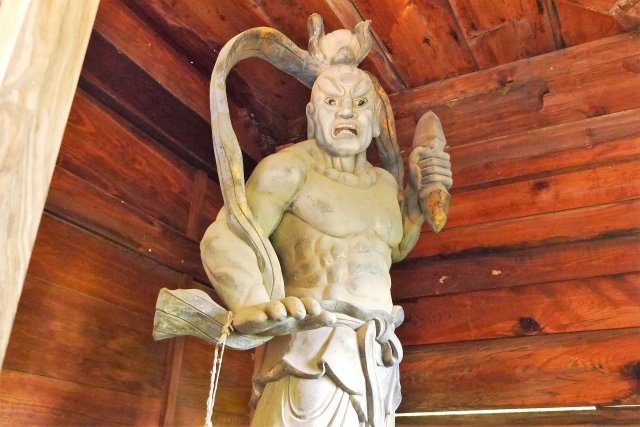Shrines and temples have existed alongside the lives of Japanese people since ancient times, and have become familiar to them as places where people’s hearts and minds are grounded.
It is estimated that there are about 88,000 shrines and 77,000 temples throughout Japan.
If you walk around town, you will probably be able to find one or the other quite often.
In recent years, the custom of visiting shrines and temples and receiving “red seals” has become popular.
Surprisingly, however, there is something that even Japanese people do not know.
That is the difference between shrines and temples.
They may look similar, but they are completely different.
In this article, we would like to explain such “differences between shrines and temples” and “red seals” in Japan.
Click here to learn Japanese language with the best one-on-one Japanese tutoring lessons in person or online.
Contents
Differences between Shrines and Temples in Japan
Let us first clarify “the difference between shrines and temples in Japan”.
If you do not understand this, you may think, “Huh? Is this a shrine? Or is this a temple? You will not even be able to distinguish between the two.
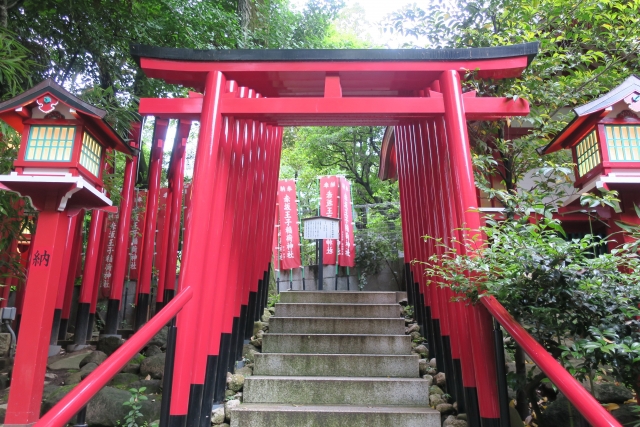
Shrines
Shrines are a religion that originated in Japan, known as “Shinto,” and are home to many deities.
It is believed that gods reside in everything in this world, including mountains, forests, wills, trees, and certain people, also known as the “eight million gods.
Shinto shrines are staffed by priests and priestesses who perform sacred rituals.
A major difference from temples is the torii, or gateway.
Sometimes made of vermilion wood or stone, it serves as a gate leading to the shrine.
Larger shrines have multiple torii gates as well as a main entrance.
They are built to separate the sacred area from human life.
When entering a shrine, visitors bow in front of the torii.
Walk along the edge of the approach, as the middle of the path is the path of the gods.
After purifying your hands and mouth at the hand- and mouth-watering water stall, go to the hall of worship, insert your money offering, and perform the “Nirei Ni-ni-hate-ichirii” (two rounds of applause and one round of bowing).
As you can see, there are detailed rules, but surprisingly, even Japanese people often do not understand the exact rules.
Therefore, there is no need to be offended if you do not follow the rules.
By observing the behavior of Japanese worshippers around you, you should be able to understand that this is the way to do it.
Japanese people in their fifties and older may know the rules of worship well, so they should be able to help you.
Famous shrines include the following
- Ise Jingu Naiku Shrine (Mie Prefecture)
- Itsukushima Shrine (Hiroshima Prefecture)
- Izumo-taisha Shrine (Shimane Prefecture)
- Meiji Jingu Shrine (Tokyo)
- Fushimi Inari-taisha Shrine (Kyoto Prefecture)
- Hakone Shrine (Kanagawa Prefecture)
The austere atmosphere of these shrines has made them popular as power spots.
It is a good idea to visit shrines when you are troubled, when you are feeling down, or at important times in your life such as childbirth or entrance exams.
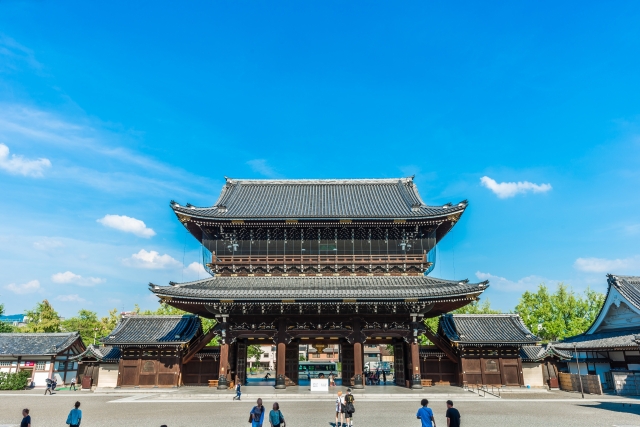
Temples
A temple is an institution where Buddhism is practiced, and is sometimes called a “temple.
It is characterized by Buddhist statues and tombs made of stone.
It is believed that Buddhism was introduced to Japan from China and India.
The object of worship is the Buddha, such as Shakyamuni Buddha and Bodhisattva Kannon, and although there are many different sects, they all have Shakyamuni Buddha as their founder.
At temples, there are Buddha statues in the shape of Buddha, which are worshipped with the hands together.
Monks, such as a monk or abbot, are always present.
Originally, there was no distinction between shrines and temples, but around the Meiji period (1868-1912), the distinction began to be made as it is today.
When visiting a temple, first bow at the entrance and walk along the approach.
Unlike shrines, you may walk down the center of the path.
However, be careful not to step on the threshold of the gate.
The same as at shrines, you should purify your hands and mouth at the hand- and mouth-watering booths.
When you go to the main hall and stand in front of the Buddha statue, put in your money and pray silently in your heart.
When you have finished praying, bow and bow.
- Zenkoji Temple (Nagano Prefecture)
- Sensoji Temple (Tokyo)
- Todaiji Temple (Nara Prefecture)
- Naritasan Shinshoji Temple (Chiba Prefecture)
- Shimizu-dera Temple (Kyoto Prefecture)
- Chusonji Temple (Iwate Prefecture)
Not only Japanese but also foreign nationals are often attracted by the beauty of Buddhist statues.
Many people are becoming addicted to visiting temples.
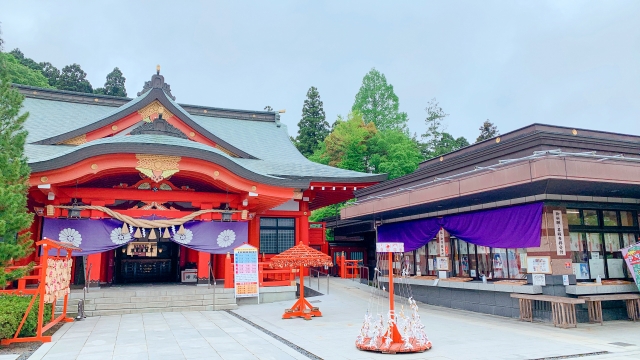
What is a red seal?
As mentioned at the beginning of this article, collecting “red seals” has become popular in recent years.
“Red seals : Goshuin” can be obtained at both shrines and temples, and is a “proof of visitation.
The name of the shrine and the name of the Buddha are written in ink along with the seal.
Many people keep their red seals in a “red seal book.
Goshuin books are available at shrines and temples. (In some cases, a special box is provided.)
Although there is no set rule, it is advisable to keep a separate red seal book for each shrine and temple, if possible.
It is also recommended to use the top shelf of a shelf at home as a red seal storage space.
Some young people go to shrines and temples only to receive red seals, but this is not acceptable.
Be sure to get a red seal after visiting the shrine or temple.
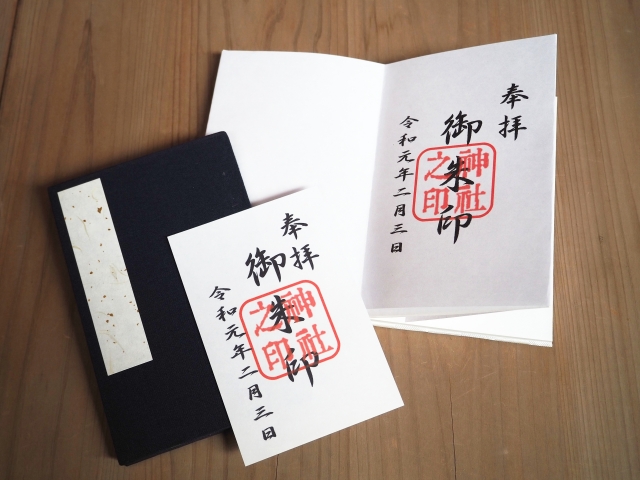
Conclusion
In this article, we have explained “the difference between shrines and temples in Japan” and “red seal”.
Shrines are Shinto and temples are Buddhist, and there are differences in religion, such as “shrines have torii gates” and “temples have Buddhist statues and graves.
You can receive a “red seal” as a proof of your visit to each of them, so why don’t you try to receive a red seal after visiting a shrine when you visit Japan?
Related article:

